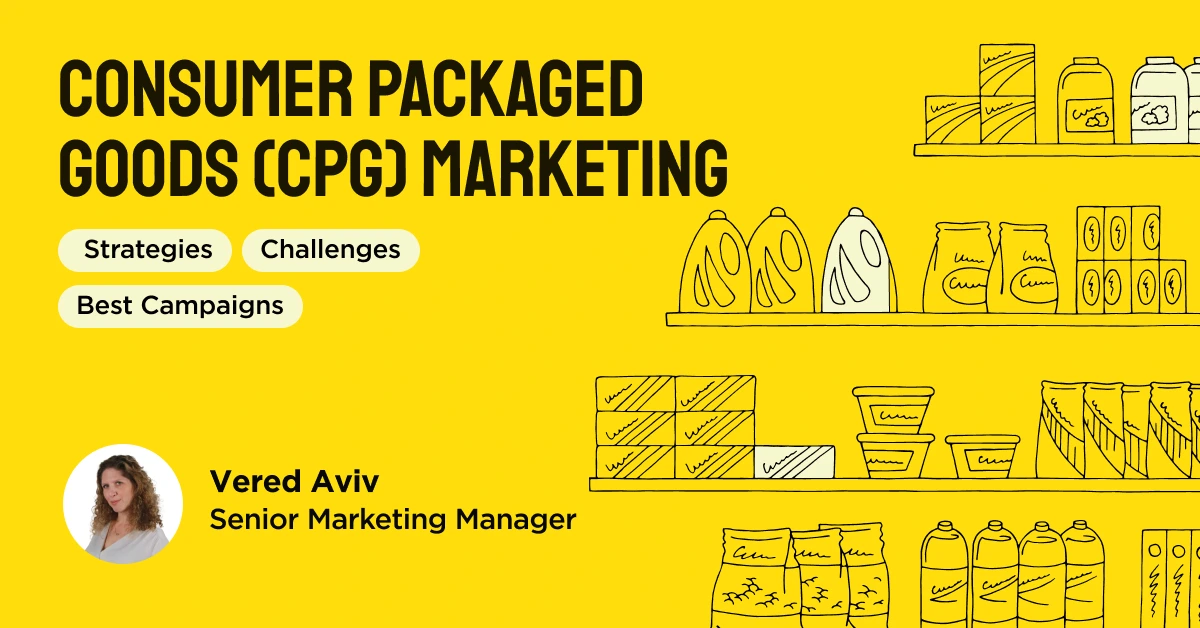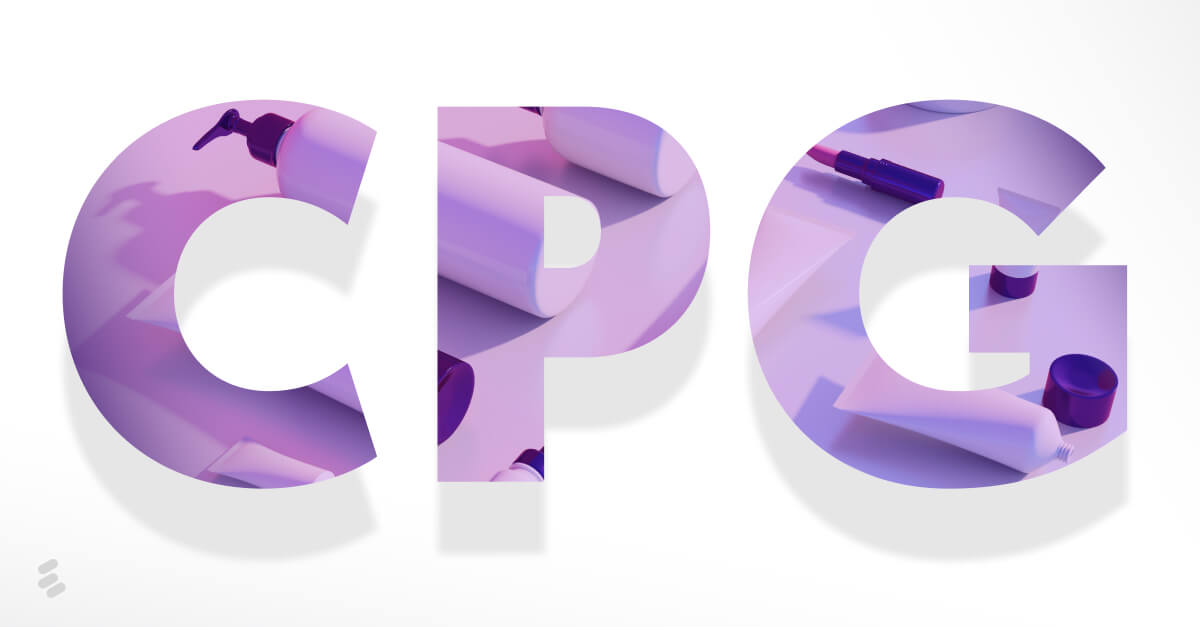CPG Meaning A Comprehensive Guide
CPG Meaning: In the world of business and marketing, acronyms and jargon can often create confusion. One such term that frequently pops up is “CPG Meaning.” If you’ve ever wondered what CPG means and why it matters, you’re in the right place. This article will delve into the meaning of CPG, its significance in various industries, and how it impacts consumers and businesses alike.
What is CPG?
CPG stands for Consumer Packaged Goods. These are products that are sold quickly at a relatively low cost. They are typically items that are used daily by consumers, such as food, beverages, toiletries, and other household products. The CPG Meaning industry is vast and encompasses a wide range of products that are essential for everyday life.
The CPG sector is characterized by its high volume of sales and rapid turnover. Companies in this industry often rely on effective marketing strategies to attract consumers and maintain brand loyalty. Understanding the dynamics of CPG Meaning is crucial for businesses looking to thrive in a competitive marketplace.
The Importance of CPG in the Economy
The CPG industry plays a significant role in the global economy. It not only generates substantial revenue but also creates millions of jobs worldwide. From manufacturing to distribution, the CPG Meaning sector involves a complex supply chain that requires skilled labor and innovative practices.
Moreover, CPG companies are often at the forefront of consumer trends. They have the ability to influence purchasing behavior and shape market dynamics. By understanding consumer preferences and adapting to changing demands, CPG Meaning businesses can stay ahead of the curve and ensure their products remain relevant.
Types of CPG Products
CPG products can be categorized into several types, each serving different consumer needs. Here are some of the most common categories:
Food and Beverages
This category includes a wide range of products, from snacks and frozen meals to soft drinks and alcoholic beverages. Food and beverage CPGs Meaning are often subject to strict regulations regarding safety and labeling, making it essential for companies to comply with industry standards.
The food and beverage sector is highly competitive, with brands constantly vying for consumer attention. Innovative marketing campaigns, product packaging, and flavor profiles can make a significant difference in a brand’s success.
Personal Care and Household Products
Personal care items, such as shampoos, soaps, and cosmetics, fall under the CPG Meaning umbrella as well. These products are designed for daily use and often rely on brand loyalty and consumer trust. Similarly, household products like cleaning supplies and detergents are essential for maintaining a clean and safe living environment.
In this category, companies must focus on quality and effectiveness to build a loyal customer base. Additionally, sustainability has become a significant factor, with many consumers seeking eco-friendly options.
The CPG Supply Chain
Understanding the CPG supply chain is crucial for grasping how these products reach consumers. The supply chain involves several stages, including sourcing raw materials, manufacturing, distribution, and retail. Each stage plays a vital role in ensuring that products are available to consumers when and where they need them.
Sourcing and Manufacturing
The first step in the CPG supply chain is sourcing raw materials. Companies must establish relationships with suppliers to ensure a steady flow of quality ingredients. Once the materials are sourced, they are transformed into finished products through manufacturing processes.
Manufacturing in the CPG industry often involves large-scale production to meet consumer demand. Companies must invest in efficient production methods to minimize costs and maximize output. Quality control is also essential to ensure that products meet safety and regulatory standards.
Distribution and Retail
After manufacturing, the next step is distribution. CPG companies must have a robust distribution network to get their products into retail stores and ultimately into consumers’ hands. This can involve partnerships with wholesalers, logistics companies, and retailers.
Retail is where the final consumer interaction occurs. CPG brands must develop effective marketing strategies to attract consumers in-store or online. This includes eye-catching packaging, promotional offers, and advertising campaigns that resonate with target audiences.
Marketing Strategies for CPG Brands
Marketing plays a crucial role in the success of CPG brands. With so many options available to consumers, companies must find innovative ways to stand out. Here are some effective marketing strategies used in the CPG industry:

Digital Marketing
In today’s digital age, online marketing is essential for CPG Meaning brands. Social media platforms, search engine optimization (SEO), and email marketing are just a few tools that companies can use to reach their target audience. Engaging content, influencer partnerships, and targeted ads can help brands connect with consumers and drive sales.
In-Store Promotions
In-store promotions are another effective way to attract consumers. This can include discounts, product sampling, and eye-catching displays. Retailers often collaborate with CPG Meaning brands to create promotional events that encourage consumers to try new products and make purchases.
The Future of CPG
As consumer preferences continue to evolve, the CPG Meaning industry must adapt to stay relevant. Here are some trends shaping the future of CPG:
Sustainability
Sustainability is becoming increasingly important to consumers. Many are seeking products that are environmentally friendly and ethically sourced. CPG Meaning ompanies that prioritize sustainability in their practices and product offerings are likely to gain a competitive edge.
E-commerce Growth
The rise of e-commerce has transformed the way consumers shop for CPG Meaning products. Online shopping offers convenience and a wider selection, prompting many brands to invest in their digital presence. Companies that can effectively navigate the e-commerce landscape will be well-positioned for success.
FAQs about CPG Meaning
What does CPG stand for?
CPG stands for Consumer Packaged Goods, which are products sold quickly at a relatively low cost, typically used daily by consumers.
Why is the CPG industry important?
The CPG industry is important because it generates significant revenue, creates jobs, and influences consumer behavior. It plays a vital role in the global economy.
What are some examples of CPG products?
Examples of CPG products include food items like snacks and beverages, personal care products like shampoos and soaps, and household items like cleaning supplies.
How do CPG companies market their products?
CPG companies use various marketing strategies, including digital marketing, in-store promotions, and influencer partnerships, to attract consumers and drive sales.
What trends are shaping the future of CPG?
Key trends shaping the future of CPG include sustainability, e-commerce growth, and changing consumer preferences.
Conclusion
Understanding the meaning of CPG and its significance in the marketplace is essential for anyone interested in business, marketing, or consumer behavior. The CPG industry is dynamic and ever-evolving, driven by consumer needs and preferences. By staying informed about trends and strategies, businesses can navigate this competitive landscape and thrive in the world of consumer packaged goods.
This article has provided a comprehensive overview of CPG meaning, its importance, and the various factors that influence the industry. Whether you’re a consumer, a business owner, or simply curious about the topic, we hope this guide has shed light on the fascinating world of consumer packaged goods.



